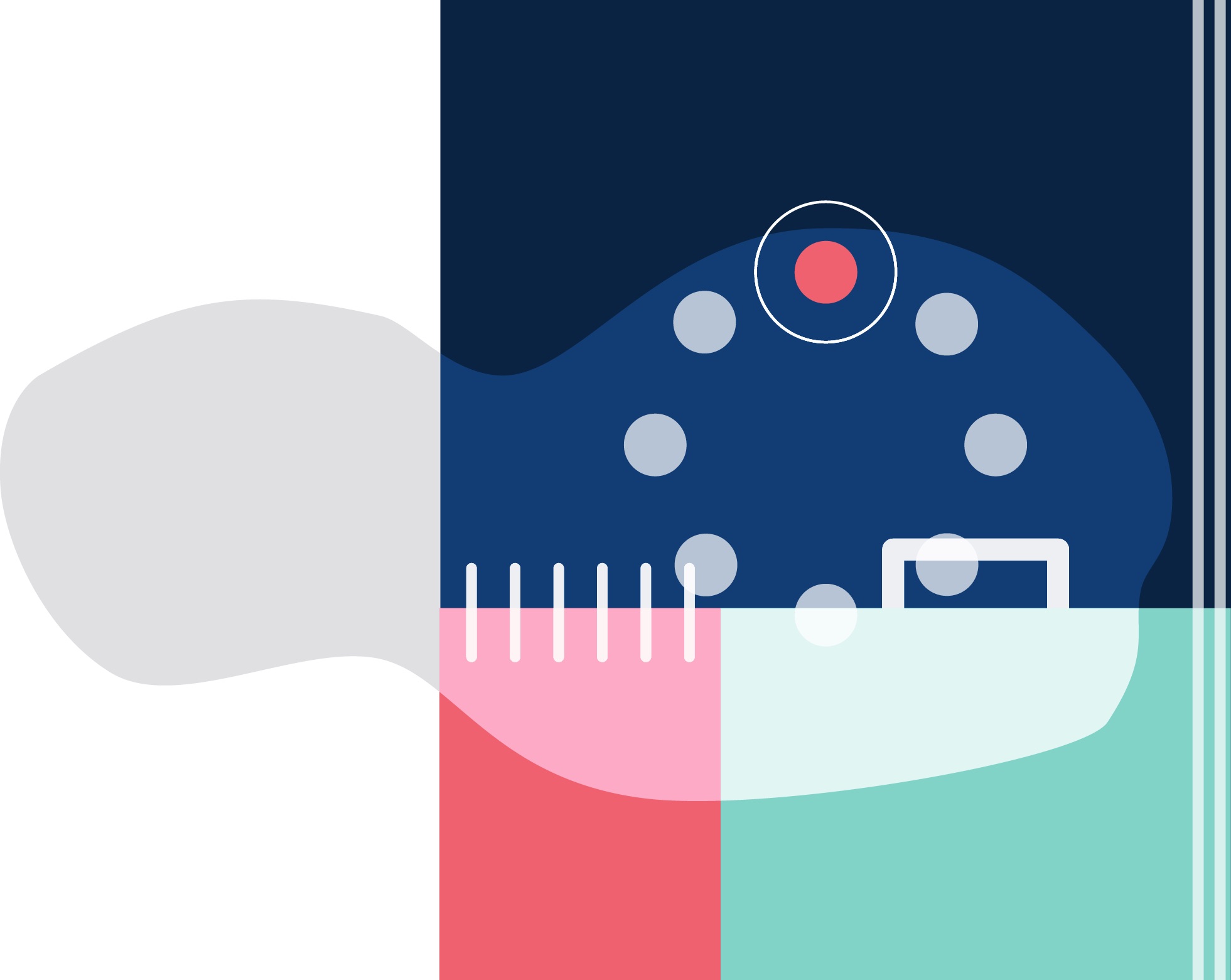designer, researcher, educator, activist
PHL DESIGN LAB: social sector design
LEARNING SESSION: workshop design and facilitation
BORDER STORIES: design innovation and citizenship
DEGREE SHOW: exhibition design
NHS INFORM FOOD: design research
GLASGOW AS SANCTUARY: activist design
SHIFTING RHYTHMS: community development
NGP VAN: ux/ui design and development
DOULA DESIGN: curriculum design
SEXUAL HEALTH VENDING MACHINE: feminist design
SOFT POWER
OCTOBER 2017-DECEMBER 2017
how can we rethink the role that Scotland has in the world?
CONTEXT
exploring national identity in Scotland
This project was completed in the fall of 2017 by five post-graduate students at the Glasgow School of Art’s Innovation School. It was a speculative project, imagining a possible future in which Scotland has control over its immigration policies. We investigated a way in which to make Scotland’s policies influenced by its strong sense of civic nationalism, using this national identity as an open framework that others could participate in, not just those who reside in Scotland. The following publication imagines a world in which this scheme has been implemented and the outcomes from that implementation.
ENGAGEMENTS
talking to relevant stakeholders from around the world
We were able to talk to many different types of people, both those living in Scotland and abroad about their views of creativity in Scotland and the idea of an ‘open source’ framework for citizenship. We became excited about the idea of creatives being involved in Scotland, as the country has both a long legacy of creativity, as well as a recent resurgence of artist residencies throughout the country.
We also talked to countries who have implimented innovative schemes, such as the E-Residency in Estonia to understand the feasibility of a more open sense of citizenship. With the current landscape, post-Brexit, we thought it was important to leverage the civic nationalism that exists in Scotland as something that sets it apart from England and use that to encourage movment to the country for more creatives from around the world, using citizenship as the means to attract them.
FRAMEWORK DESIGN
using civic nationalism ideals to open Scotland up to more creatives
The pathway towards a creative citizenship consists of the following steps. Participants can chose to complete the entire pathway or just part - the flexibility of the program allows for many different types of collaborations and creations. There are five levels of the framework: (1) Scot Stratus - a based platform from which people can access content digitally and can interact with people through content and interests open to anyone; (2) trailblazer - international people to travel to Scotland to work on specific projects initiated by people living in Scotland; (3) adventurer - internationals have the opportunity to stay with 3 different hosts, chosen at random, staying in each place for a month; (4) creative citizenship - allows for freedom of movement for an individual to creative events in Scotland; (5) guide - citizens can be voted to become part of the advisory board for a year and helps create the agenda for the year ahead. The graphic below shows

You can view our final newsprint report below: